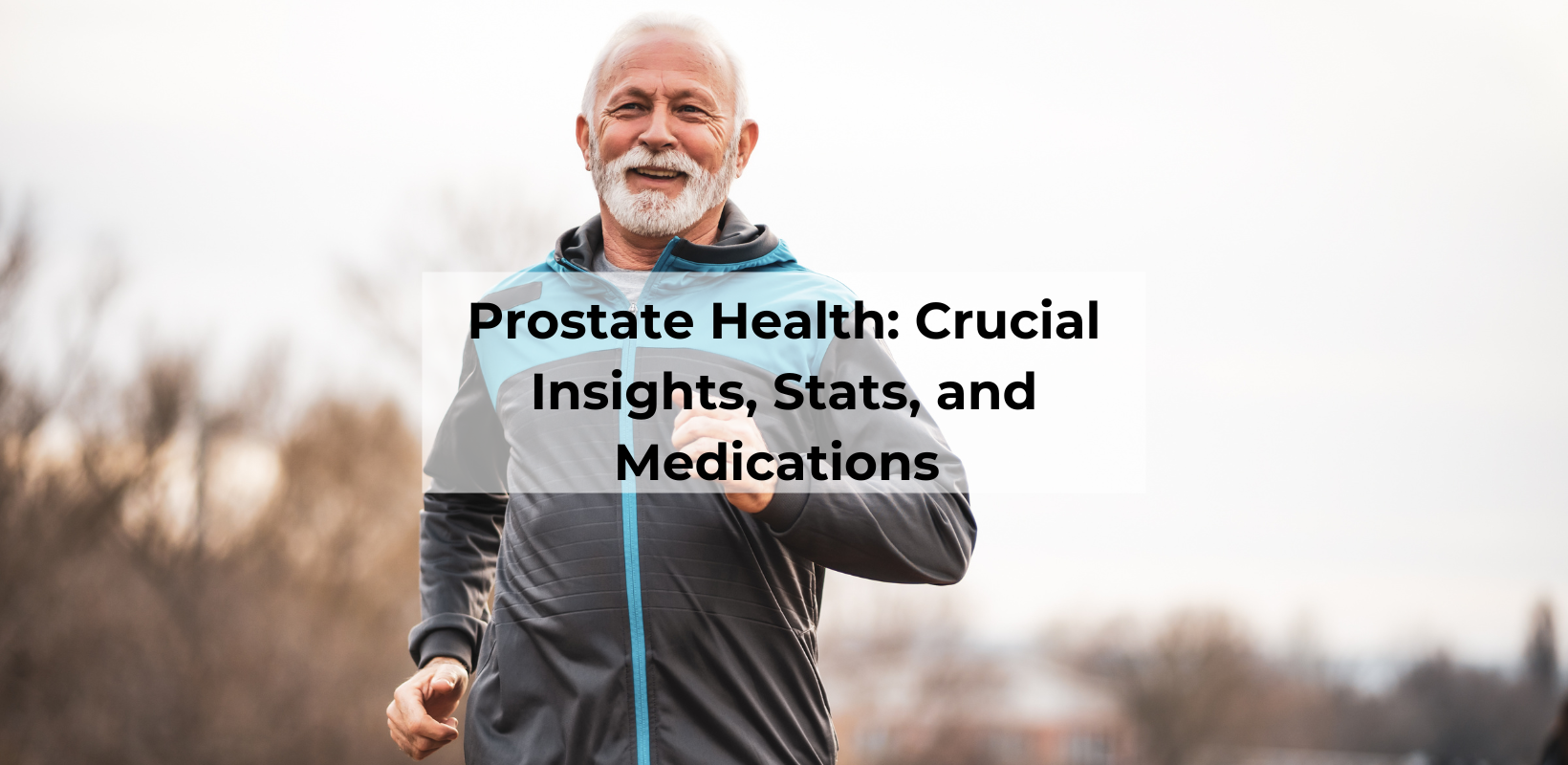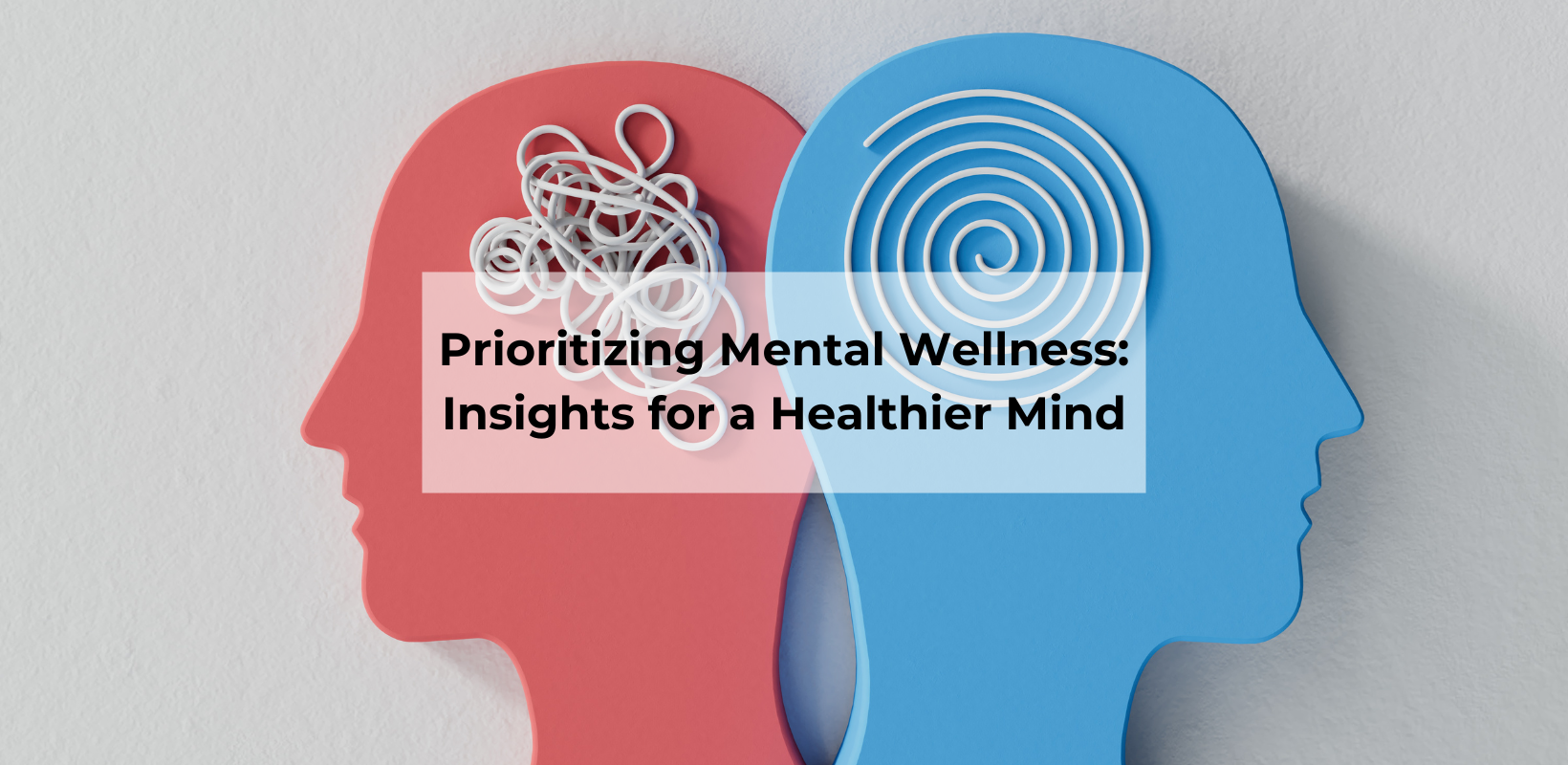Introduction
Breast Cancer Awareness Month, observed every October, is an opportunity to emphasize the critical importance of early detection, education, and ongoing advancements in the treatment of breast cancer. With breast cancer being the most common cancer among women worldwide, awareness campaigns aim to equip individuals with knowledge about risk factors, prevention, and detection, while highlighting treatment options for those affected. In 2023 alone, it’s estimated that more than 297,790 new cases of invasive breast cancer will be diagnosed in women in the United States, according to the American Cancer Society.
This blog focuses on the importance of regular mammograms and self-exams, breast cancer prevention strategies, early detection, and the modern treatment options available to improve patient outcomes.
Key Takeaways
- Breast Cancer Awareness Month promotes education on breast cancer prevention, detection, and treatment options.
- Regular mammograms and self-exams are vital for early detection, significantly improving survival rates.
- Lifestyle modifications and awareness of genetic risk factors are critical in breast cancer prevention.
- Current treatment options include surgery, chemotherapy, radiation, hormonal treatments, targeted therapies, and various medications.
- Staying informed and encouraging proactive health actions can help reduce breast cancer incidence and improve outcomes for those diagnosed.
Understanding Breast Cancer and the Importance of Awareness
Breast cancer occurs when abnormal cells in the breast grow uncontrollably. While breast cancer affects mostly women, men can also develop it, although at a much lower rate. According to the World Health Organization (WHO), breast cancer is the most common cancer globally, with approximately 2.3 million women diagnosed each year. Raising awareness is key because early detection greatly increases the chance of successful treatment.
The Importance of Regular Mammograms and Self-Exams
Regular mammograms are one of the most effective ways to detect breast cancer in its early stages. Mammograms use X-rays to detect abnormalities in breast tissue, often long before physical symptoms, such as lumps, appear. Early detection through screening dramatically improves survival rates. For example, women who have regular mammograms reduce their risk of dying from breast cancer by 30%.
The American Cancer Society recommends that women begin annual mammograms at age 45, while women aged 40 to 44 should have the option to start screening earlier. Women at higher risk, such as those with a family history of breast cancer, should consult their healthcare provider for individualized screening recommendations.
In addition to mammograms, self-exams remain an important practice. While self-exams cannot replace professional screenings, they enable women to become familiar with their breasts and detect any unusual changes, such as lumps, nipple discharge, or skin changes. The National Breast Cancer Foundation recommends performing monthly self-exams to catch early signs of breast cancer.
Breast Cancer Prevention: Taking Control of Your Health
While some risk factors for breast cancer, such as age, gender, and genetics, cannot be controlled, several lifestyle changes can help reduce the risk. According to research from the National Cancer Institute, approximately 12% of women will develop breast cancer in their lifetime, but a proactive approach to health can lower this risk.
-
Maintain a Healthy Weight: Obesity, particularly after menopause, increases the risk of breast cancer. The American Cancer Society links excess weight to increased levels of estrogen, which can drive the growth of certain types of breast cancer.
-
Stay Physically Active: The Centers for Disease Control and Prevention (CDC) suggest that regular exercise lowers the risk of breast cancer, likely by helping to maintain a healthy weight and balance hormone levels. Aim for at least 150 minutes of moderate exercise per week.
-
Limit Alcohol Consumption: Research has consistently shown that alcohol consumption increases breast cancer risk. Women who have three alcoholic drinks per week have a 15% higher risk of developing breast cancer. Limiting alcohol intake to one drink per day can reduce this risk.
-
Avoid Smoking: Smoking is a known risk factor for many cancers, including breast cancer. The National Cancer Institute confirms that long-term smoking is associated with a higher risk of breast cancer, especially in women who started smoking at a young age.
-
Know Your Family History: Women with a strong family history of breast cancer or genetic mutations, such as BRCA1 or BRCA2, have a significantly higher risk. Genetic testing and counseling can help determine your risk and guide decisions on preventive strategies, such as earlier or more frequent screenings.
-
Consider Hormone Therapy Risks: Long-term use of hormone replacement therapy (HRT) has been linked to an increased risk of breast cancer. Discuss with your doctor the benefits and risks of HRT to make an informed decision.
Early Detection: The Lifesaving Factor
Early detection is crucial to surviving breast cancer. Symptoms to watch for include:
- A lump or thickening in the breast or underarm.
- Changes in the size or shape of the breast.
- Nipple discharge (other than breast milk).
- Redness or scaling of the breast or nipple.
According to the American Cancer Society, breast cancer that is detected early—before it spreads beyond the breast—has a 99% five-year survival rate. This underscores the importance of routine screenings, which can catch cancer at its earliest and most treatable stage.
Breast Cancer Treatment Options
For those diagnosed with breast cancer, treatment has become more personalized, and several medications play a critical role in managing the disease. Here are some of the most common breast cancer treatments:
-
Tamoxifen: This medication is commonly used to treat hormone receptor-positive breast cancer by blocking estrogen from binding to cancer cells, which helps slow or stop the growth of tumors. It is often prescribed for both premenopausal and postmenopausal women with breast cancer.
-
Anastrozole (Arimidex): An aromatase inhibitor, Anastrozole lowers estrogen levels in postmenopausal women, reducing the chances of recurrence in hormone-sensitive breast cancer. It is often given after surgery or as part of a long-term treatment plan.
-
Trastuzumab (Herceptin): This targeted therapy is used to treat HER2-positive breast cancer, a particularly aggressive type. Trastuzumab binds to the HER2 protein, preventing it from stimulating cancer cell growth and spread.
-
Palbociclib (Ibrance): This newer drug is used in combination with hormonal therapy to treat advanced or metastatic breast cancer. It works by inhibiting enzymes that promote cancer cell division, slowing the progression of the disease.
Along with medications, breast cancer treatment plans often include:
- Surgery: To remove the tumor (lumpectomy) or the entire breast (mastectomy), followed by reconstructive options for some patients.
- Radiation Therapy: High-energy rays are used to kill remaining cancer cells after surgery.
- Chemotherapy: Drugs that kill cancer cells or slow their growth are often used before or after surgery, particularly in more aggressive cases.
Each treatment plan is customized to the individual, based on factors like the type and stage of cancer, hormone receptor status, and HER2 status.
Conclusion: Taking Action Today
This October, take action—schedule your mammogram, remind loved ones to do the same, and continue the conversation about breast health. Every step taken today can help save lives tomorrow. Additionally, if you or a loved one are undergoing treatment, it’s essential to stay informed about affordable medication options. By signing up to ModRN Health, you can compare prescription prices and find savings on breast cancer medications. Taking care of your health doesn’t have to be a financial burden— save on your prescriptions and take one more step toward a healthier future.








